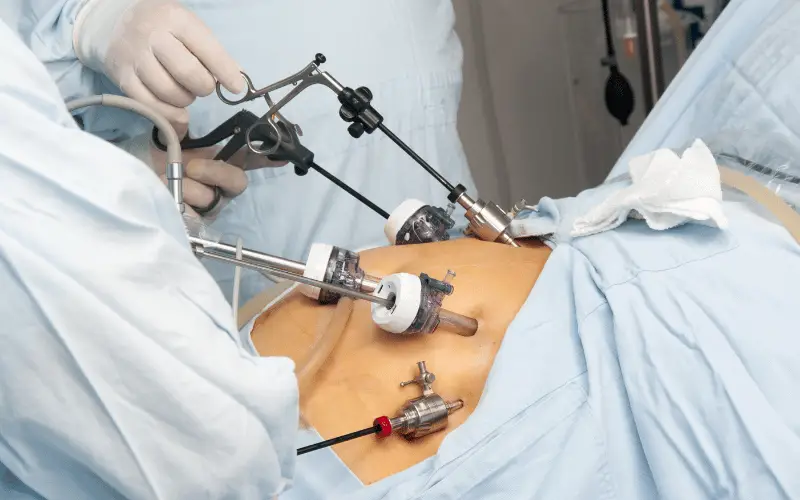Introduction: Decoding the Critical Nature of BBS

Buried Bumper Syndrome (BBS) is not just another term in the medical dictionary but a serious and potentially life-threatening condition associated with percutaneous endoscopic gastrostomy (PEG) tubes. These tubes, commonly placed in patients who require long-term nutritional support, can sometimes migrate and become embedded in the abdominal wall, leading to the onset of BBS.
But what makes BBS a significant cause for concern? When undetected or untreated, BBS can lead to a slew of complications, ranging from localized infections to more severe conditions like peritonitis, an inflammation of the inner lining of the abdomen. As these complications escalate, they can jeopardize a patient’s overall health and even become fatal.
The true challenge with BBS is its chameleonic nature. Its symptoms often masquerade as routine post-operative issues or other common ailments. Hence, understanding the unique constellation of symptoms specific to BBS becomes paramount. This not only aids in swift diagnosis but also ensures timely medical intervention, dramatically reducing the risk of severe complications.
In this article, our aim is clear-cut: to provide readers with a lucid understanding of BBS, underscore its significance, and elucidate its core symptoms. Through this exploration, we hope to foster awareness, emphasize early detection, and highlight the potential ramifications if left unchecked. The journey to comprehending BBS starts here, and awareness is the key to unlocking better health outcomes.
1. Tube Site Infection: A Troubling Indicator of BBS

A tube site infection is one of the initial signs that something isn’t quite right with a PEG tube placement. When the skin around the PEG tube site becomes inflamed or shows signs of pus, it’s often an early symptom of Buried Bumper Syndrome. The tube, instead of lying freely, starts getting buried into the surrounding tissue.
This isn’t merely about discomfort. An infected PEG tube site can lead to skin complications, further escalating the issue. As the tube migrates and buries itself deeper, the local infection might become a persistent problem, causing additional discomfort and complications. (1)